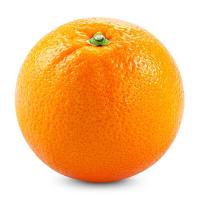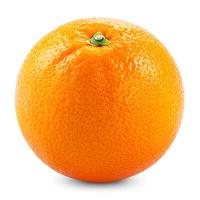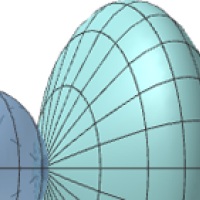
The Kervaire invariant problem
On May 30th 2024 seminar goers at Princeton University witnessed a thrilling moment. The mathematician Zhouli Xu of the University of California, LA, announced that, together with colleagues, he had sorted out the 126th dimension. Not in general, but in regards to a problem that has taunted mathematicians since the 1960s. The problem involves strange shapes and is called the Kervaire invariant problem, after the mathematician Michel Kervaire.
This year Xu visited our neighbours at the Isaac Newton institute for Mathematical Sciences (INI) in Cambridge to take part in a research programme called Equivariant homotopy theory in Context. At the INI he joined Michael Hill of the University of Minnesota, who helped to provide the previous breakthrough in 2009.
We asked Hill and Xu to show us around the many dimensions, retracing some of the steps on the long, and sometimes arduous, journey towards a proof of the Kervaire invariant problem. These articles and podcast tell the story.

Living proof: Hunting through higher dimensions with Zhouli Xu — In this episode of our Maths on the Move podcast, Zhouli tells us about the Kervaire invariant problem, how he finally cracked dimension 126, and also has some advice for budding mathematicians.

Hunting strange shapes in higher dimensions — This two-part article gives in in-depth, yet accessible glimpse of the Kervaire invariant problem and how it came to be solved.
Background reading

Maths in a minute: Topology — Find out what topology is all about in this brief introduction.

Maths in a minute: Invariants — Discover the importance of invariants in just a few words.

The hypersphere in four dimensions — Learn about a higher dimensional sphere. You can't visualsie it, but you can still do maths with it.

Maths in a minute: The Poincaré conjecture — Find out more about a problem in topology that haunted mathematicians for a hundred years.

Telescope topology — Not long ago we reported on another newly solved problem in topology. It concerns mathematical structures that are also important in the Kervaire invariant problem: stable homotopy groups of spheres.